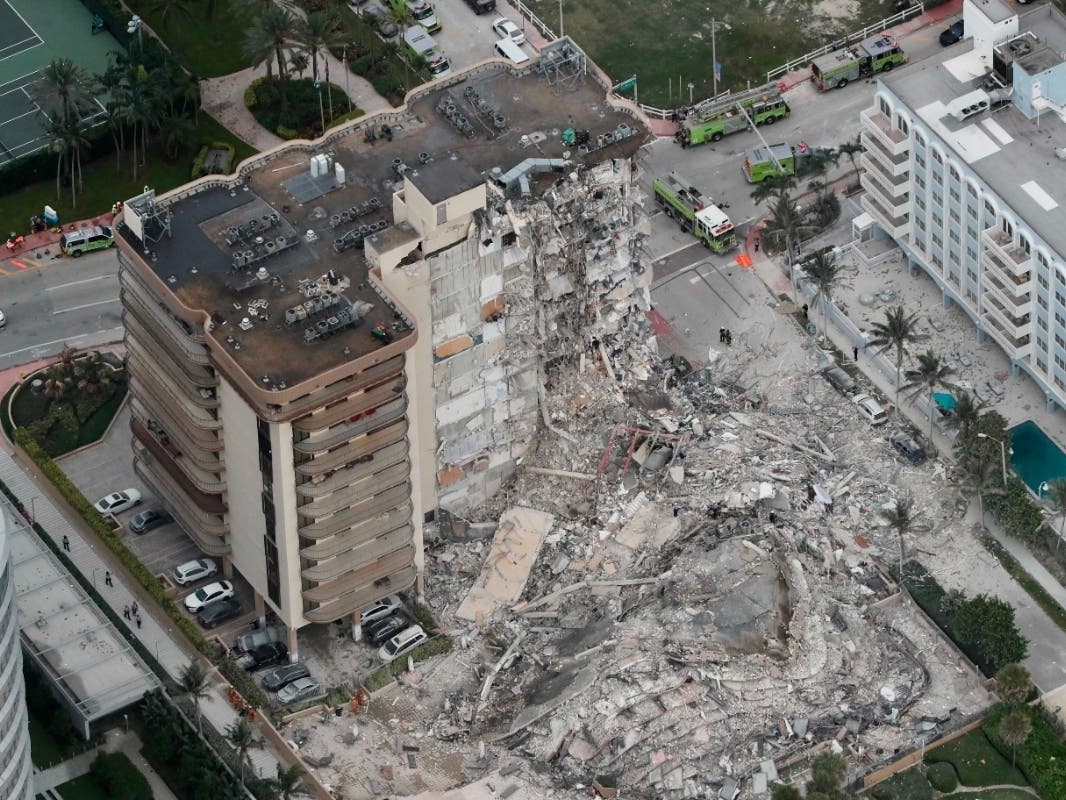
A top civil and coastal engineering expert from the University of Florida (UF) contributed to new state legislation that aims to make condominium towers safer in the wake of the collapse of a building in Surfside three years ago.
Jennifer Bridge, associate professor at UF in the engineering department, contributed to new legislation in Florida that will improve and track building inspections for condominiums and cooperatives. The development comes after nearly 100 people were killed following the collapse of the 12-story Champlain Towers South building in South Florida in June 2021.
“Surfside was devastating,” Bridge said in a prepared statement provided by UF. “This should never have happened because we have so many processes in place. We have so many safety factors built into our engineering processes, whether it’s in the design, the construction or the oversight of the construction.”
Bridge helped develop consistent statewide forms for building inspectors while working with the Florida Building Commission. She also helped educate building industry leaders, state officials, building departments, inspectors and condo owners about the inspection form changes.
The new state legislation requires building inspections within 30 years after construction of condo buildings and then every 10 years statewide. Condo associations have also been given responsibility as well, as they are required to provide set-aside funds for repairs and upgrades along with providing structural integrity studies on the buildings.
While the Surfside disaster may have been a flash point, Bridge said the new legislation is about much more than just that incident and is designed to provide comprehensive reviews and building inspections, along with finding vulnerabilities in inspection systems.
“What’s working? What’s not working? Where are the bottlenecks?” she said. “The reaction I have to every structural failure is ‘This should never happen,’ obviously. If something like that happens, multiple things have gone wrong. It’s never just one thing.”
The legislation was developed after Bridge focused on two areas in her research. She wanted to emphasize how inspection programs operated on a jurisdictional level and inspections in general.
“If we saw an inspection report that did not say anything about the structure — good, bad or otherwise — we put that in a bucket that said, ‘Insufficient Information.’ And about 10 percent of the reports fell into that bucket,” Bridge said.


